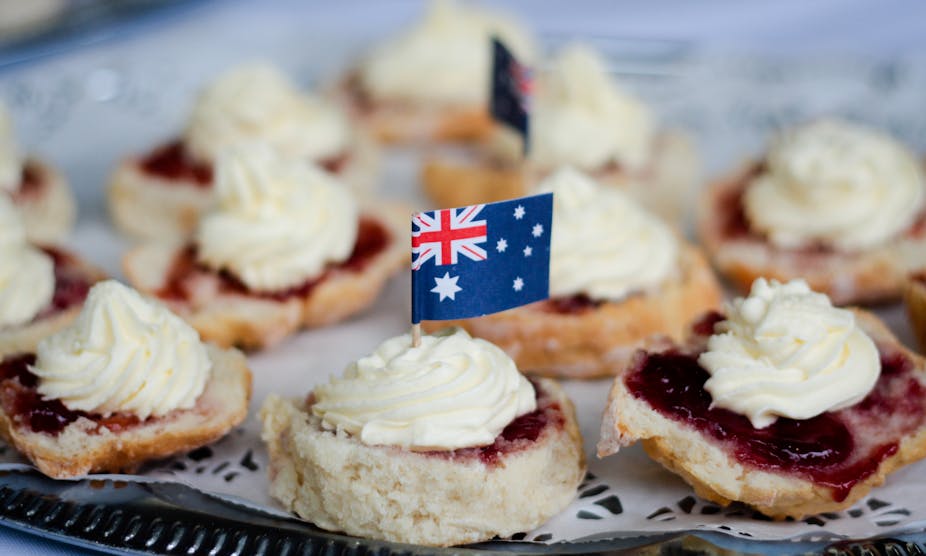Do flags matter?
Well, if the news from New Zealand is any guide, they do. Holding a referendum or two to change the flag, as proposed by that country’s parliament, will not be cheap.
Assuming our friends across the Tasman choose the silver fern as their new flag, Australia will be left in an interesting position. We will be one of the few remaining nationalities who proclaim on our flag that we belong to another country. Of course we also have a picture of an elderly English multi-millionaire on the back of our 20c coin.

Insisting on an implausible identity with Europe is hardly new.
According to an apocryphal story, a legal wit, reading our Constitution, described it as Australia’s Declaration of Dependence. For quite a long time the continent was known as New Holland. James Cook, who had a sense of humour, called part of it New South Wales – the hills weren’t big enough to call it New North Wales. William Charles Wentworth, who didn’t have a sense of humour, declared that it would be a New Britannia.
Well and good – but the flag, that’s a problem.
Patriots who yearn to bathe their nation’s emblem in their heart’s blood must have at least a slight cardiac hesitation when they realise it’s another country’s emblem sopping it up.
That’s exactly the paradox of The ANZAC Book, the first world war bestseller that purported to be the authentic voice of the troops at Gallipoli. It was, of course, censored, but does have some good writing.

The cover shows a heroic wounded digger, still holding his Lee-Enfield .303, gazing into the distance with a shell-torn flag waving behind him. But that flag isn’t Australia’s, or New Zealand’s. It’s the Union Jack. On the cover of The ANZAC Book! The official patriotism of the day was, of course, imperial patriotism not Australian nationalism.
That’s why those poor young men were at Gallipoli.
At least this cover makes the link between a flag and heroic masculinity, which is a standard part of the rhetoric of nationalism. There once was a time when emblems (not necessarily flags) had a role in war – they signalled where the king or the colonel was, in the confusion of combat, and which ship belonged to which side. But machine guns and steam engines put paid to that.
The over-the-top flag cult in the United States, which the Howard government tried to imitate, derives from the period, in the decades around 1900, when there was a huge volume of immigration from Europe via New York and Boston.

The Anglo establishment became anxious about refugees swamping the culture. (Sound familiar?). Schools and adult education colleges, local government and public festivals, therefore became the sites of an insistent official patriotism, making heroes of presidents, memorising patriotic poems, learning patriotic history lessons, etcetera. Flag ceremonies were at the centre of this cult.
It was a kind of immersion therapy to de-Europeanise and pro-Americanise the immigrants, and it more or less worked. Unfortunately the machinery, once set in motion, wasn’t easy to stop. So the education system and the public culture in the USA have been insistently pro-Americanising the Americans ever since. And anyone who suggests this is silly is obviously anti-American.
There is still some practical use for flags, of course.

Out the front of our consulates abroad, they identify the offices for delivery drivers who have trouble reading. The very large flags placed relatively recently on top of the Sydney Harbour Bridge help tourists remember what country they are in, and so help our balance of payments. Aesthetic, too – they break up that boring arch and create an interesting Feature.
Wonderful, really, our flag. Who would be without it?
Well, Rupert Murdoch, for one. It is also interesting to see how the firm that used to call itself The Big Australian has gone quiet on nationalism. Perhaps, on reflection, corporate capital couldn’t care less. But we can rely on Tony Abbott to continue – how shall I put this delicately? – waving the flag. And what Abbott waves, Bill Shorten will doubtless wave too.

